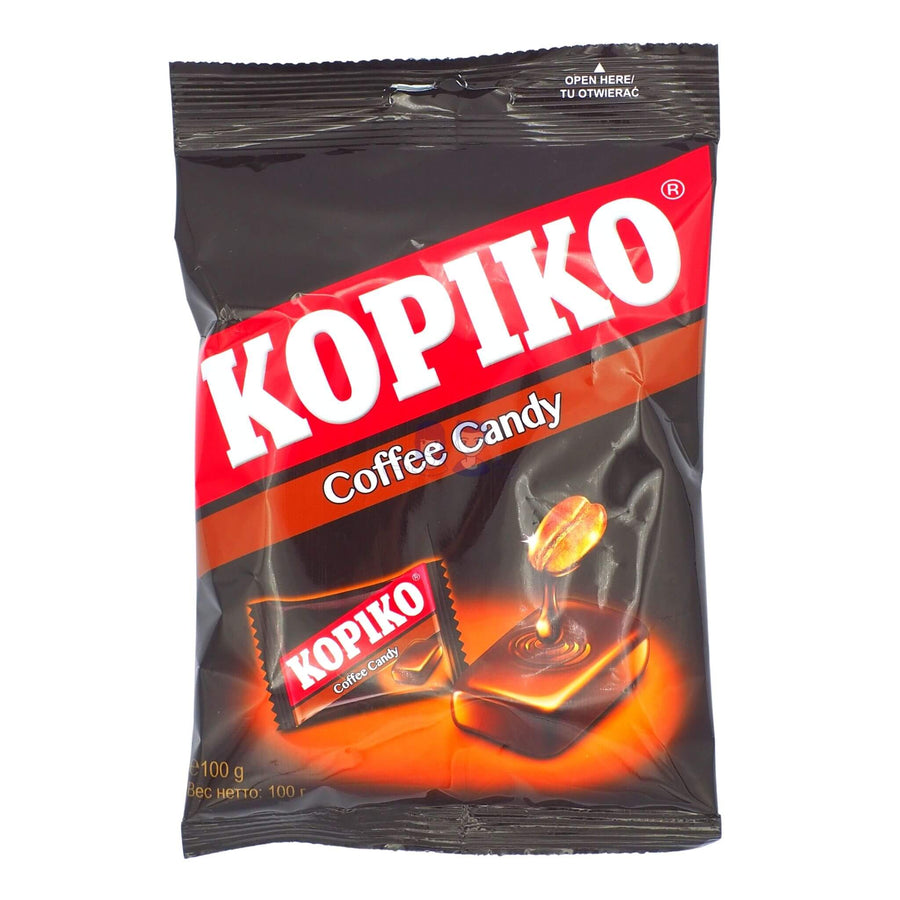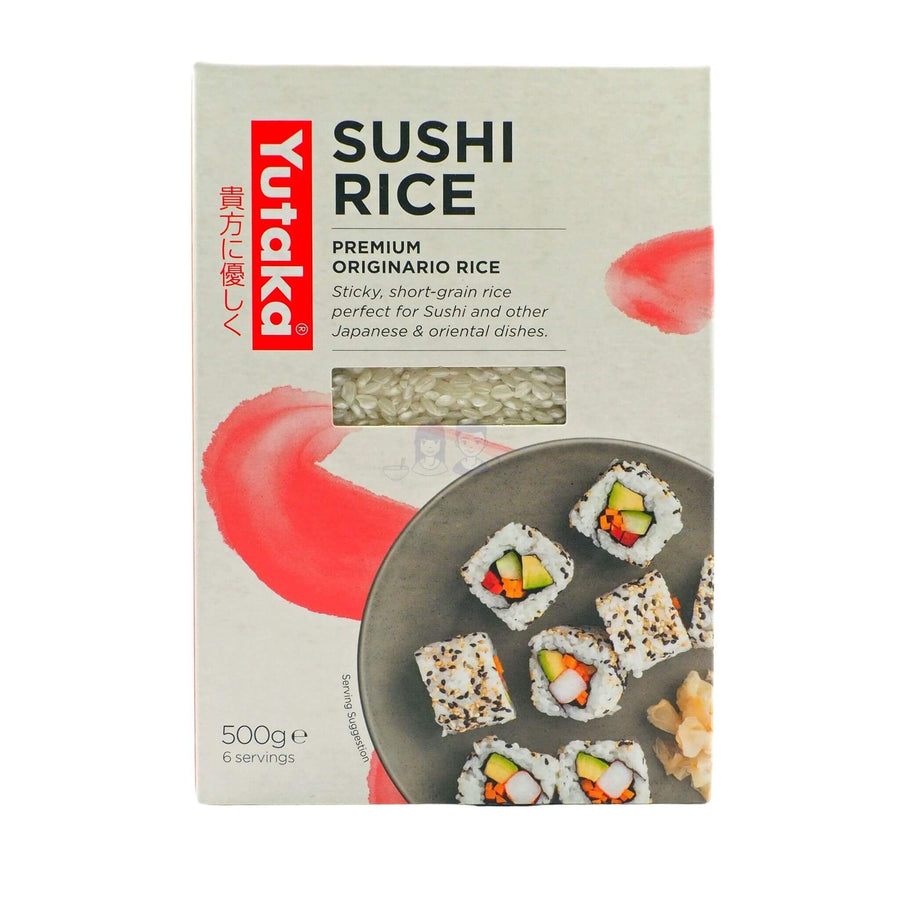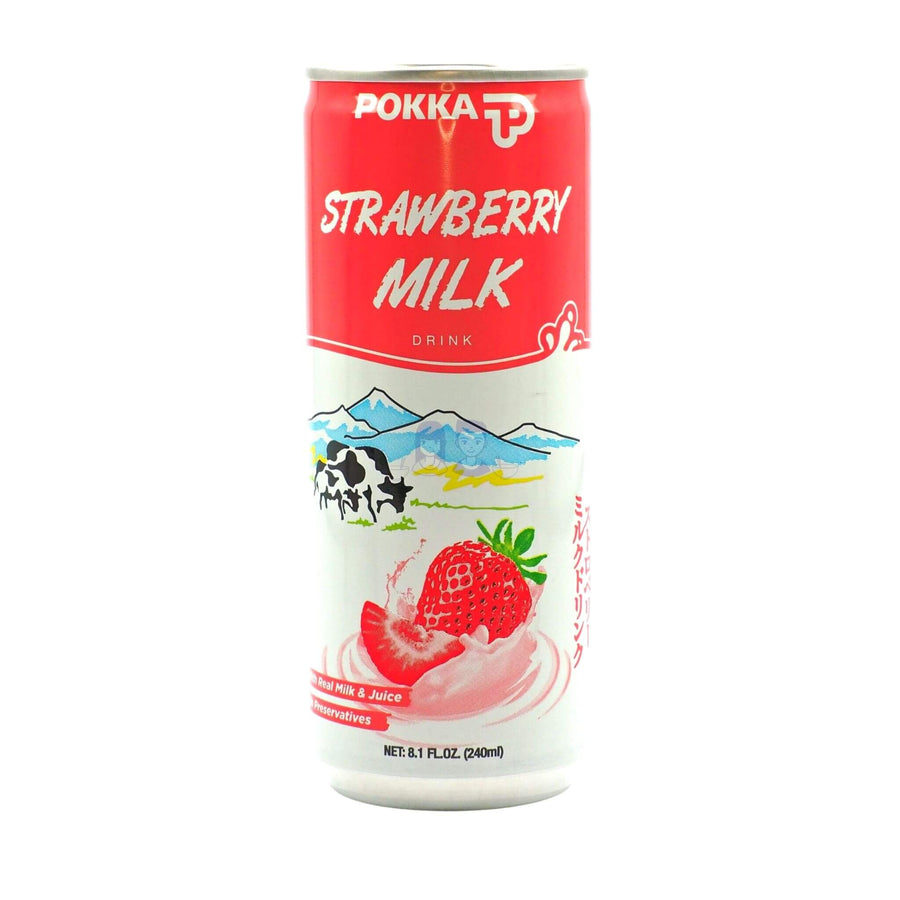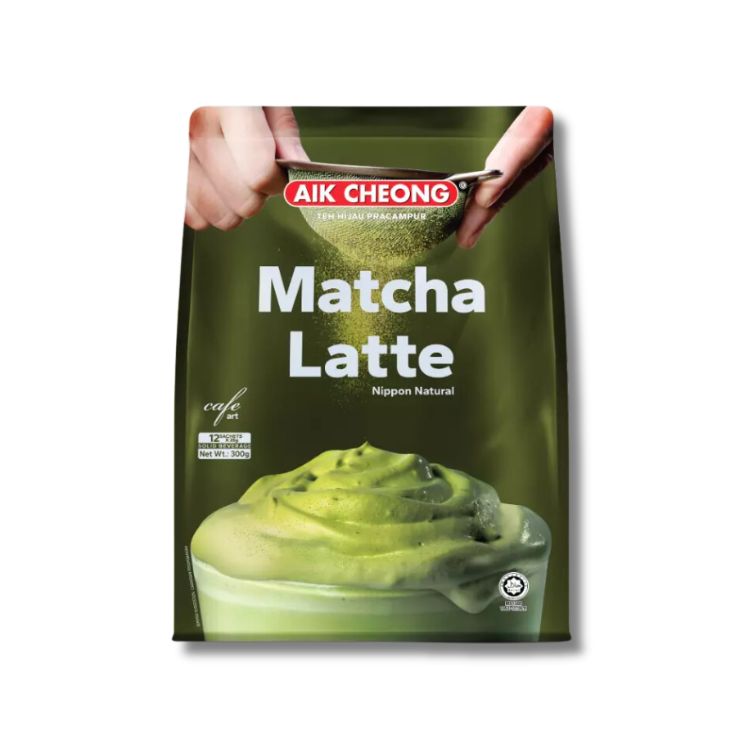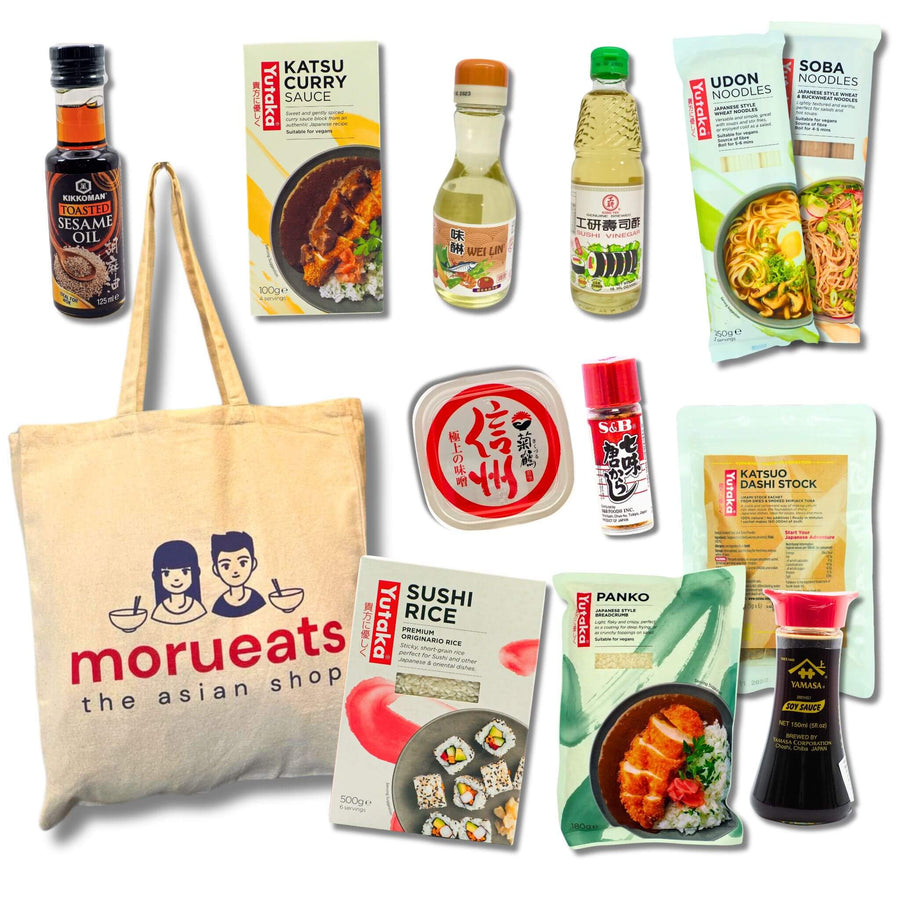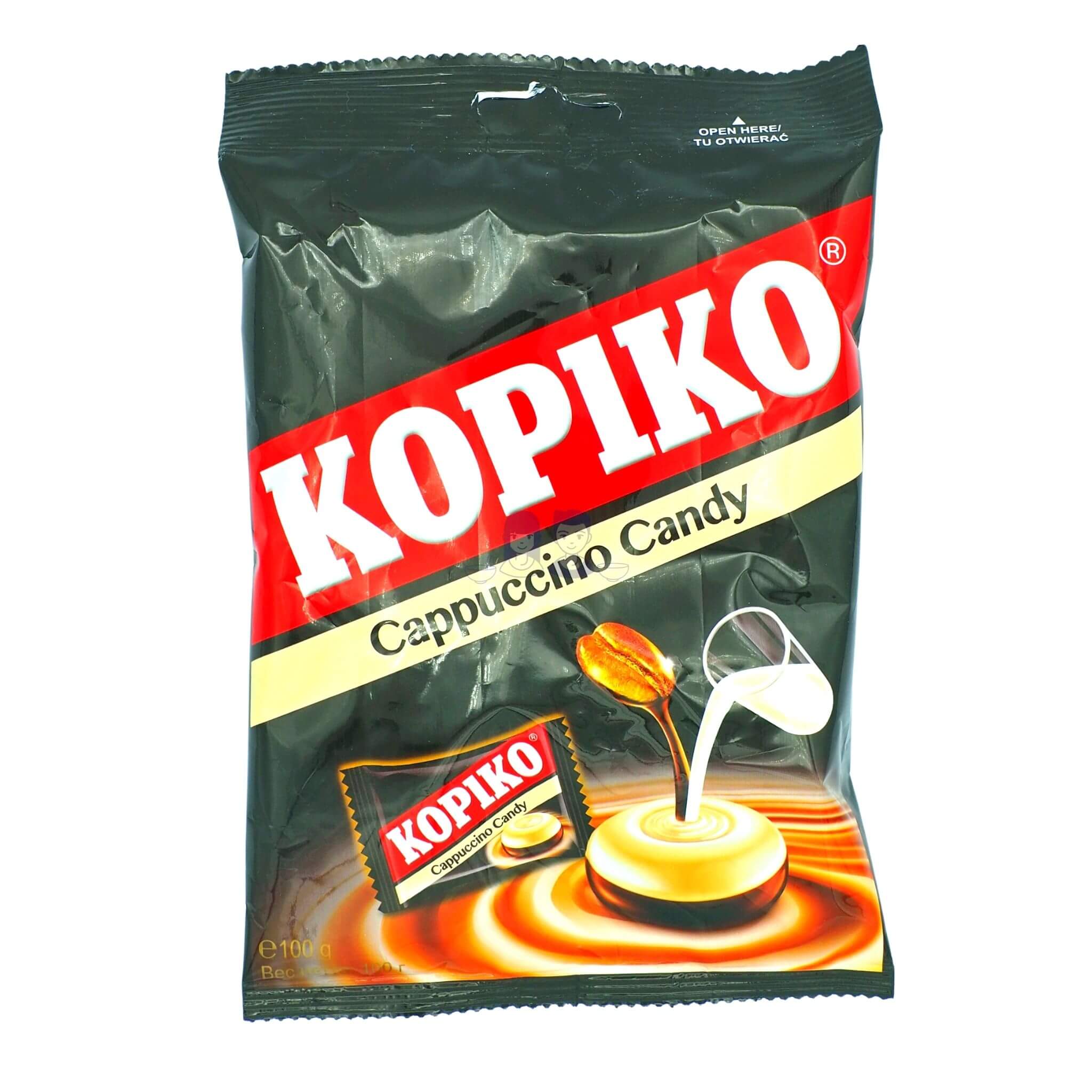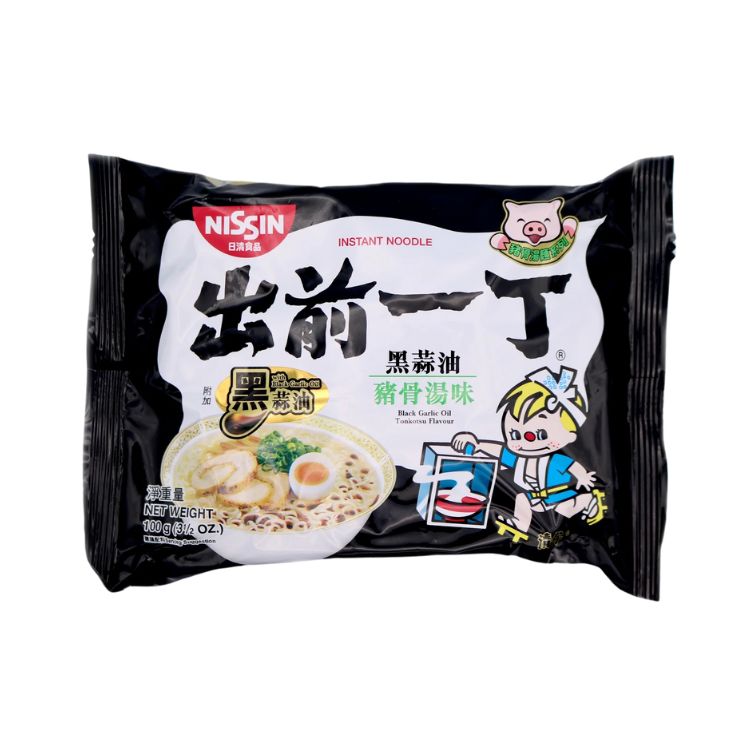Foodies' Guide To Chinese & Asian Dumplings: Origins, Recipes & Types
Everyone loves Asian dumplings.
They are among the most well-known Asian dishes and serve as a comfort food for many people. The word ‘dumpling’ itself is a catch-all term used to describe varieties of dough wrapped around a filling and cooked either by steaming, frying, or boiling. Such dishes can be found in the cuisines of various cultures around the world.
Today, we shall share everything there is to know about Chinese and Asian dumplings which have been amongst our favourite Asian foods ever since we were young kids.
Make sure to read till the end to find out more about their history, how to make them, and the different dumpling variants out there!
Chinese & Asian Dumplings - A Brief History
The history of dumplings stretches back thousands of years. Despite a few competing theories, it is most widely accepted that the first type of dumplings, Jiao Zi dumplings, were invented in China around 1,800 years ago.
Legend has it that a man named Zhang Zhongjian who lived during the Han Dynasty was the inventor of this delicious dish. It is said that he wrapped chilli, cooked mutton and healing herbs in a sheet of dough to create a dish that could heal his friends and family who were suffering from frostbite. We don’t know how effective it was at healing their ailments, but we are willing to bet they enjoyed the delicious dish that Zhang made for them!
Over the following centuries, variations of dumplings popped up in countries throughout Asia and the rest of the world. This includes the gyoza in Japan, empanadas in South America, ravioli in Italy, pelmeni in Russia, and many others!
Different Dumpling Dough Styles
Dumpling dough is super easy to make. Traditionally, all you need is water and wheat flour. However, there are some other variations that you may wish to consider when creating your own homemade dumplings:
- Replace wheat flour with any type of flour to create your dough, including tapioca, buckwheat or rice.
- Add some vegetables such as squash or sweet potato to supplement or even completely replace the starch elements of your dough.
- Add dairy and fat to your dough (such as cheese, eggs, and butter) or use to create fluffier and more tender dumplings such as in Dan Jiao which is made from eggs and doesn't contain any wheat at all.
- Add natural colour extracts to the dough to change its colour. We find that this is done particularly elegantly by the restaurant chain Paradise Dynasty in Singapore.
The Most Common Dumpling Fillings
You could fill your dumpling with pretty much anything you want, but the most common fillings involve some combination of the following types of fillings:
- Vegetables: Chopped Asian vegetables such as Chinese cabbage, spinach, chives, pak choi, etc.,
- Proteins: Ground meats like pork, chicken, beef or seafood such as prawns or shrimps.
- Aromatics: Ingredients like garlic, ginger, and green onions to enhance flavour.
- Soup: Gelatinised broths that melt when cooked, such as the broth found in Xiao Long Baos
Less common, but equally delicious, are sweet-tasting fillings such as red bean or sweet taro as popularised by the Taiwanese restaurant chain Din Tai Fung which is one of our favourite Dim Sum restaurants.

Different Ways to Cook Dumplings
With so many types of dumplings out there, it is only natural that there are multiple cooking techniques to make them. Here are the main methods:
Steaming Dumplings
- Place dumplings in a steamer lined with cabbage leaves or parchment paper.
- Steam over boiling water for about 10–15 minutes until the wrappers become translucent and the fillings are fully cooked.
Frying Dumplings (Pan-Fried & Deep-Fried)
- Pan-Frying (Potstickers): Heat a tablespoon of oil in a non-stick pan over medium heat. Arrange dumplings flat side down and cook until the bottoms are golden brown. Add a splash of water, cover, and steam until the water evaporates and the dumplings are cooked through.
- Deep-Frying: Heat oil in a deep pan to 175°C (350°F). Fry dumplings until golden brown and crispy. Remove and drain excess oil on paper towels.
Boiling Dumplings
- Gently drop dumplings into a pot of boiling water.
- Stir occasionally to prevent sticking.
- Cook until dumplings float to the surface and are fully cooked, about 5–7 minutes.
Each method offers a unique texture and flavour, so try them all to find your favourite!

Best Dumpling Sauces
You've now seen how much dumpling doughs, fillings and cooking styles can vary. Since no dumpling dish is complete without a sauce, it may not surprise you to hear that there's also a big choice of Asian sauces out there. Here are a few of the best dumpling sauces including some of our favourites:
Popular Sauces for Dumplings
- Chilli Oil: A spicy blend of oil infused with chilli peppers and spices. Drizzle chilli oil over dumplings for a fiery kick. Try adding a spoonful to your dipping sauce for extra heat.
- Soy Ginger Sauce: Mix light soy sauce, minced ginger, sesame oil, and a splash of rice vinegar. Add a touch of white pepper for additional flavour. This savoury sauce complements the richness of the dumplings.
- Black Vinegar and Ginger Dip: Combine Chinese black vinegar with thinly sliced ginger. This tangy sauce is traditional for Jiao Zi dumplings.
- Peanut Sauce: Blend peanut butter, soy sauce, chilli paste, and coconut milk. Great for adding a creamy texture and nutty flavour.
- Simple Soy Sauce: When short on time, light soy sauce works perfectly. Opt for low-sodium variants to control salt intake.
Experimenting with different sauces can take your dumpling experience to the next level!
Essential Tools for Making Dumplings
To make dumpling preparation easier and more enjoyable, consider having these tools on hand:
- Mixing Bowls: For combining ingredients for dough and filling.
- Rolling Pin: To roll out dumpling wrappers evenly.
- Dumpling Press or Mold (Optional): Helps in shaping and sealing dumplings quickly.
- Steamer Basket: Bamboo steamers are traditional and add a subtle flavour.
- Non-Stick Pan with Lid: Ideal for pan-frying and steaming dumplings (potstickers).
- Sharp Knife and Cutting Board: For finely chopping fillings.
- Measuring Cups and Spoons: Ensure accurate ingredient proportions.
- Pastry Brush: Useful for sealing edges with water or egg wash.
Having the right equipment simplifies the process and helps achieve authentic results.
Different Types of Dumplings From Around Asia
Jiao Zi (China)
The first type of dumpling we would like to share is the iconic jiao zi. As mentioned above, it is believed to be the first type of dumpling ever made and comprises ground pork and vegetables wrapped in a thinly rolled piece of dough.
There are actually a few sub-types of jiao zi depending on how you cook them. Steamed jiao zi are referred to as zheng jiao, pan-fried ones are called guo tie, while boiled jiao zi are called shui jiao. All of these delicious jiao zi are eaten all year round, but they are especially prominent during Chinese New Year.
Jiao Zi dumplings have significant cultural importance during the Chinese New Year, also known as the Spring Festival. Consuming these dumplings is believed to bring prosperity because their shape resembles gold ingots, which were used as money in ancient China. Additionally, the Chinese word for dumplings, "Jiao Zi," sounds similar to the word for the earliest paper money. Therefore, eating these dumplings is seen as a way to usher in wealth and good fortune for the new year. Making and eating jiao zi on Chinese New Year's Eve is a big tradition in our family which brings together a lot of family members.

Wonton (China)
A cousin of jiao zi, wonton dumplings have much thinner wrappings and are flatter in shape. However, their fillings are practically identical since wonton dumplings are also stuffed with ground pork and veggies. They are most commonly served in broth in the form of wonton soup, but you can also find deep-fried wonton dumplings in shops throughout China.

Xiao Long Bao (China)
Also commonly referred to as soup dumplings, these cute-looking dumplings originate from the port city of Shanghai. Xiao Bong Bao fillings differ from restaurant to restaurant but they generally consist of pork, ginger, garlic, and mushrooms. We love how when you take a bite, the warm broth immediately melts in your mouth, making Xiao Long Bao the perfect dish for cold days.
While Xiao Long Bao is now enjoyed year-round, it was traditionally a delicacy reserved for special occasions and gatherings. Its intricate preparation and delicate appearance made it a celebratory food. The soup inside the dumpling, which is a gelatinous broth that melts when cooked, showcases the ingenuity of Chinese cuisine.

Gyoza (Japan)
The first non-Chinese entry, gyoza dumplings were first cooked in Japan during the Second World War. This pan-fried dumpling is a very common snack in Japan and shares a lot of similarities with the Chinese guo tie. We love to have these as a starter when out at a sushi or ramen restaurant.
Gyoza uses a very thin dough to wrap its filling, which usually consists of minced pork, garlic, scallions, and cabbage. It goes pretty well with a lot of Asian sauces, but most people will dip gyoza soy sauce or rice vinegar. You definitely should give this one a try!

Banh Bot Loc (Vietnam)
Hailing from the Southeast Asian nation of Vietnam, Banh Bot Loc is a staple food for the locals. These dumplings are seen as the perfect appetisers for pretty much any meal and can be found in most restaurants throughout the country.
Banh Bot Loc dumplings also have quite a unique appearance; they are nearly fully transparent because tapioca flour is used to make the dough. Through this translucent outer wrapper, you could see the succulent pork belly and fresh shrimp enveloped inside. To top it all off the dish is garnished with fried shallots and usually dipped in sweet chilli fish sauce, creating an explosion of flavours in your mouth.

Siu Mai (China)
Siu Mai (also sometimes spelt as shumai) is a basket-shaped dumpling with an open top. It first originated in the Inner Mongolia region of China before spreading rapidly to other parts of China and the world. They are most commonly found on dim sum menus and are usually made with basic wheat flour, with a filling of chicken, pork, or shrimp, before finally being garnished by roe. As with many dim sum dishes, they are often eaten for breakfast or brunch.

Har Gow (China)
Moving on from the cool plains of Inner Mongolia in the north to the hot and humid coastal region of Guangdong in the south, Har Gow is the next Chinese dumpling on our list.
This steamed Cantonese dish bears some similarities to Banh Bot Loc as it has a soft and nearly transparent outer wrapping too. Har gow stuffing is almost always shrimp-based, with dashes of ginger and scallions often added to add complexity to the flavour.

Mandu (Korea)
Although Korea is located between China and Japan, curiously enough, their local dumpling variant is actually more similar to a Central Asian dumpling called manti rather than any Chinese or Japanese dumplings.
This scrumptious dumpling dish contains several different key ingredients including kimchi, ground pork, and vegetables. Similar to the Chinese jiao zi, there are a few ways you can cook mandu. You can boil them, pan-fry them, steam them, or even cook them as soup dumplings (known as mandu-guk).
In Korea, mandu is traditionally prepared in large quantities during the Lunar New Year (Seollal) and the Korean harvest festival (Chuseok). It's believed that mandu was introduced to Korea from Mongolia, and over time, the dish has been Koreanized and become an essential part of Korean celebrations. There's even a Korean saying: "A house filled with the steam of mandu will be filled with prosperity."

Tangyuan (China)
Changing gears a little bit, next up on our list we have Tangyuan. You will find that Tangyuan is a pretty unique dumpling. Unlike most dumpling dishes, it is sweet in flavour and is often eaten as a dessert.
Tangyuan is made and served differently in different regions, but the dish is commonly made of chewy rice flour balls that are stuffed with sweet filling (such as red bean paste) and are either served in a sweet syrup broth or simply deep fried. You can often find this dumpling during grand celebrations such as weddings and the Lunar New Year.
Tangyuan is not just associated with weddings and the Lunar New Year, but it also plays a central role during the Lantern Festival, marking the end of the Spring Festival celebrations. These sweet dumplings symbolise family unity and togetherness, which is why families gather to make and enjoy these dumplings together. Their round shape embodies wholeness and completeness.

Dan Jiao (China)
Unlike most authentic Asian dumplings that have wrappers made using flour, Dan Jiao’s wrapper dough is actually made from eggs. It combines well-cooked meat on the inside with the savoury egg flavour on the outside to create an amazing synergy that will spoil your taste buds.
Making Dan Jiao requires more work compared to other more common dumplings, but nevertheless, it is still a trendy dumpling dish to make, especially during Chinese New Year.
Step-by-Step Guide to Making Dumplings at Home
Making dumplings at home is a rewarding experience that allows you to customise flavours to your liking. Here's a simple guide to help you create delicious dumplings in your own kitchen.
Ingredients
For the Dough:
- 2 cups all-purpose flour
- 3/4 cup warm water
For the Filling:
- 1 pound ground pork (or your choice of meat)
- 1 cup finely chopped Chinese or Napa cabbage
- 2 tablespoons soy sauce
- 1 tablespoon sesame oil
- 2 cloves garlic, minced
- 1 tablespoon grated ginger
- 2 green onions, finely chopped
- Salt and pepper to taste
Instructions
-
Prepare the Dough:
- In a large mixing bowl, gradually add warm water to the flour while stirring.
- Knead the mixture until a smooth dough forms.
- Cover the dough with a damp cloth and let it rest for at least 30 minutes.
-
Make the Filling:
- Combine all filling ingredients in a bowl.
- Mix thoroughly until well combined.
-
Assemble the Dumplings:
- Roll the dough into a long cylinder and cut it into small equal pieces.
- Flatten each piece into a thin circle about 3 inches in diameter.
- Place a spoonful of filling in the centre of each wrapper.
- Fold over to create a half-moon shape and pinch the edges to seal. Pleat for a traditional look.
-
Cook the Dumplings:
-
Boiling Method:
- Bring a pot of water to a boil.
- Add dumplings and stir gently to prevent sticking.
- Cook until they float and the filling is cooked through (5–7 minutes).
-
Steaming Method:
- Line a steamer with cabbage leaves or parchment paper.
- Place dumplings with space between them.
- Steam over boiling water for about 10 minutes.
-
Pan-Frying Method:
- Heat 2 tablespoons of oil in a non-stick pan over medium heat.
- Place dumplings flat-side down and fry until golden brown.
- Add 1/4 cup of water, cover, and cook until the water evaporates and the dumplings are cooked through.
-
Boiling Method:
-
Serve:
- Transfer to a plate and serve hot with your favourite dipping sauce.
Final Word
The world of dumplings is as fascinating as it is big. There are dozens and dozens of dumpling variants in Asia alone, let alone throughout the rest of the globe. Each dumpling dish has its own unique characteristics, complex flavour profile, and distinctive cooking methods.
We highly suggest you go out there and experiment with the different types of homemade dumpling recipes and dumpling dishes to find out which one best suits your palate!
Frequently Asked Questions About Dumplings
1. Can I freeze homemade dumplings?
Yes, you can freeze dumplings before cooking them. Place them on a tray lined with parchment paper without touching, freeze until solid, then transfer to a freezer bag. They can be cooked directly from frozen—just add a few extra minutes to the cooking time.
2. What type of flour is best for dumpling wrappers?
All-purpose flour works well for most dumpling wrappers. For a chewier texture, you can use a mixture of all-purpose and bread flour.
3. Are dumplings always savoury?
While many dumplings are savoury, there are also sweet variations like Tangyuan, which are filled with sweet red bean paste or black sesame.
4. Can I make vegan dumplings?
Absolutely! You can fill dumplings with a variety of vegetables, tofu, and plant-based proteins. Ensure the wrappers contain no animal products.
5. What sauces pair best with dumplings?
Common sauces include soy sauce-based dips, chilli oil, black vinegar with ginger, and sesame sauces. Feel free to mix and match to find your preferred flavour.


